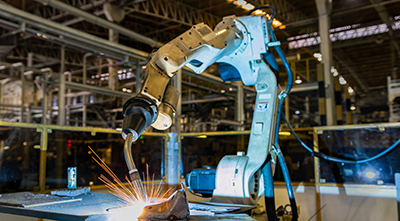Resistance welding is a versatile and efficient method of joining metal components using heat generated by electrical resistance. This process combines pressure and controlled electrical current to fuse materials together, creating strong and durable joints without the need for additional filler materials. It's widely used in manufacturing due to its speed, precision, and cost-effectiveness. At its core, resistance welding works by applying pressure to two or more metal parts and passing an electric current through them. The resistance to the current generates heat at the contact points, melting the metals and allowing them to fuse together. This method is not only clean but also fast, making it ideal for high-volume production environments. There are several types of resistance welding, each suited for different applications. The most common include spot welding, seam welding, flash welding, projection welding, and upset welding. Each technique uses specific electrode configurations and settings to achieve optimal results. Spot welding is one of the simplest forms, where two electrodes apply pressure and deliver current to create a small, localized weld. Seam welding is similar but involves rolling the workpieces between wheel-shaped electrodes, resulting in continuous welds. Flash welding, on the other hand, uses high current density to expel impurities before fusing the materials. Upset welding is used when the parts are already in contact, while projection welding focuses the heat at specific points to create strong, precise welds. Resistance welding offers numerous benefits, especially when integrated with robotic systems. It increases productivity, improves weld quality, and reduces cycle times. Compared to traditional methods like riveting or bolting, it provides better structural integrity and shear resistance. Plus, it minimizes the risk of warping or deforming the workpiece during the process. This welding technique can be powered by single-phase AC or mid-frequency DC power, offering flexibility and energy efficiency. Projection welding is particularly effective for attaching nuts and bolts, while spot welding is ideal for sheet metal assemblies where multiple layers can be joined simultaneously. If you're looking to explore how robotic resistance welding can benefit your business, download our free ebook, "6 Business Considerations for Robotic Welding Investments." Gain valuable insights and make informed decisions about your next manufacturing upgrade. Thermoforming Packaging Machine Thermoforming Packaging Machine,Thermoforming Vacuum Packing Machine, Thermoforming Modified Atmosphere (MAP) Packaging Machine, Thermoforming Vacuum Skin (VSP) Packaging Machine ZHUCHENG YIKANG FOOD PACKING MACHINERY CO., LTD. , https://www.yikangmachinery.comWhat is Resistance Welding and What Are the Different Types?

A Quick Overview of Resistance Welding
Why Choose Resistance Welding?